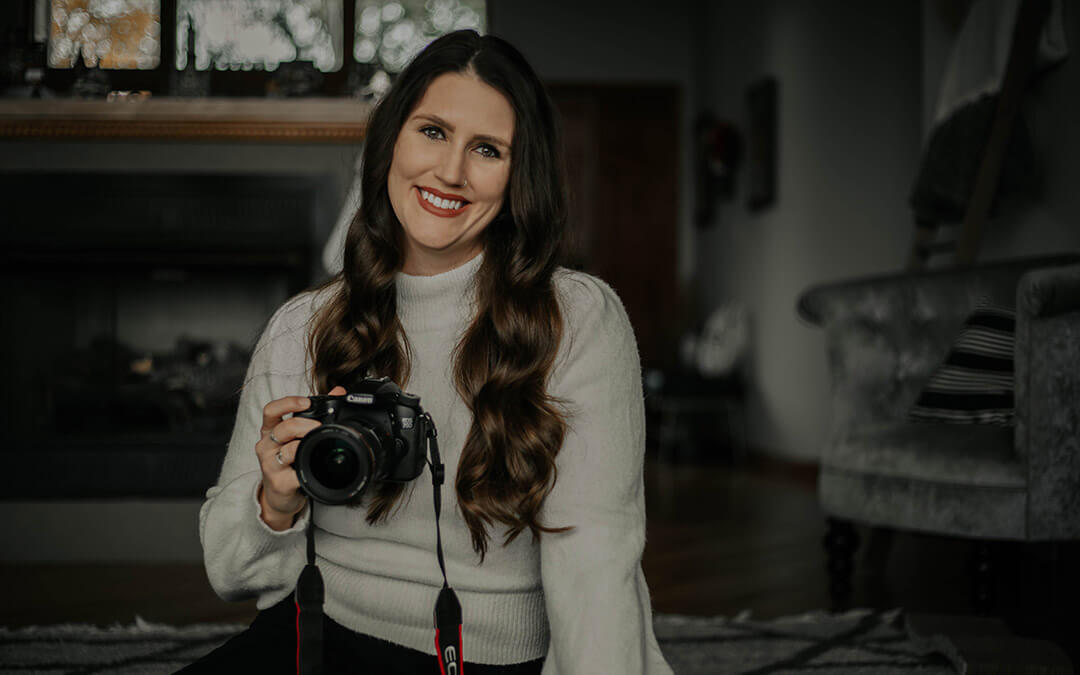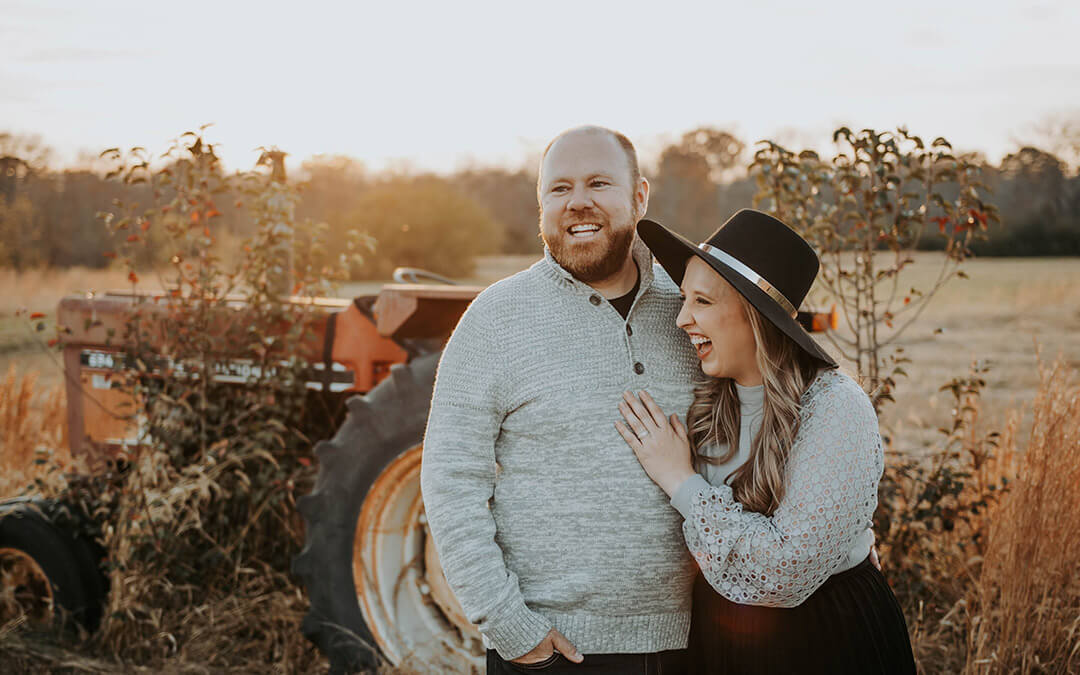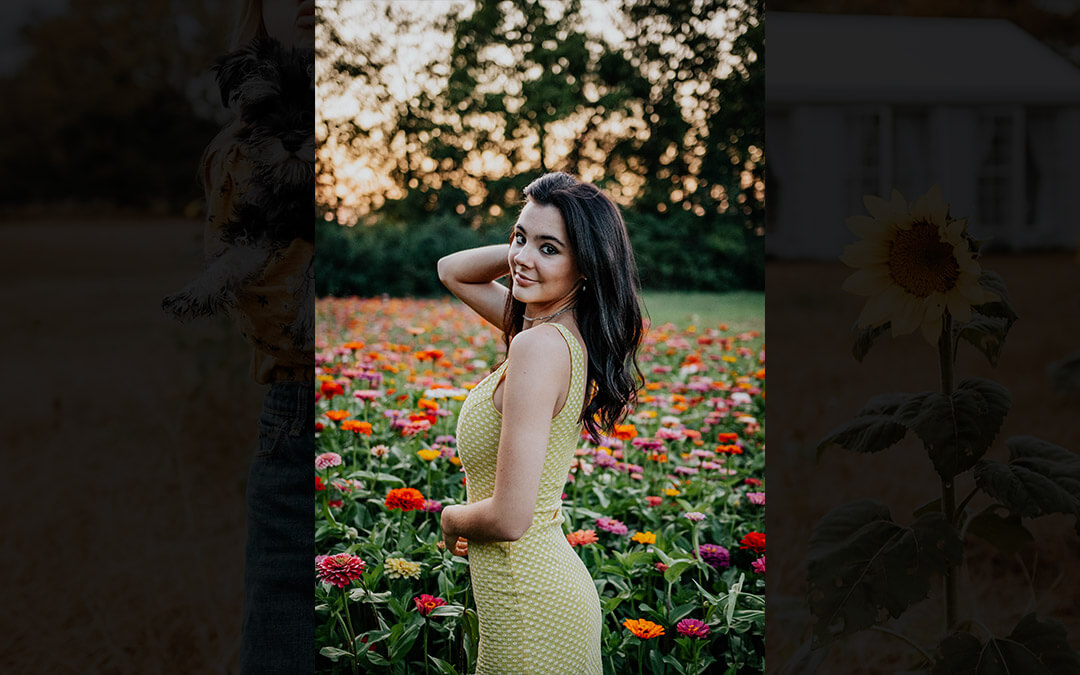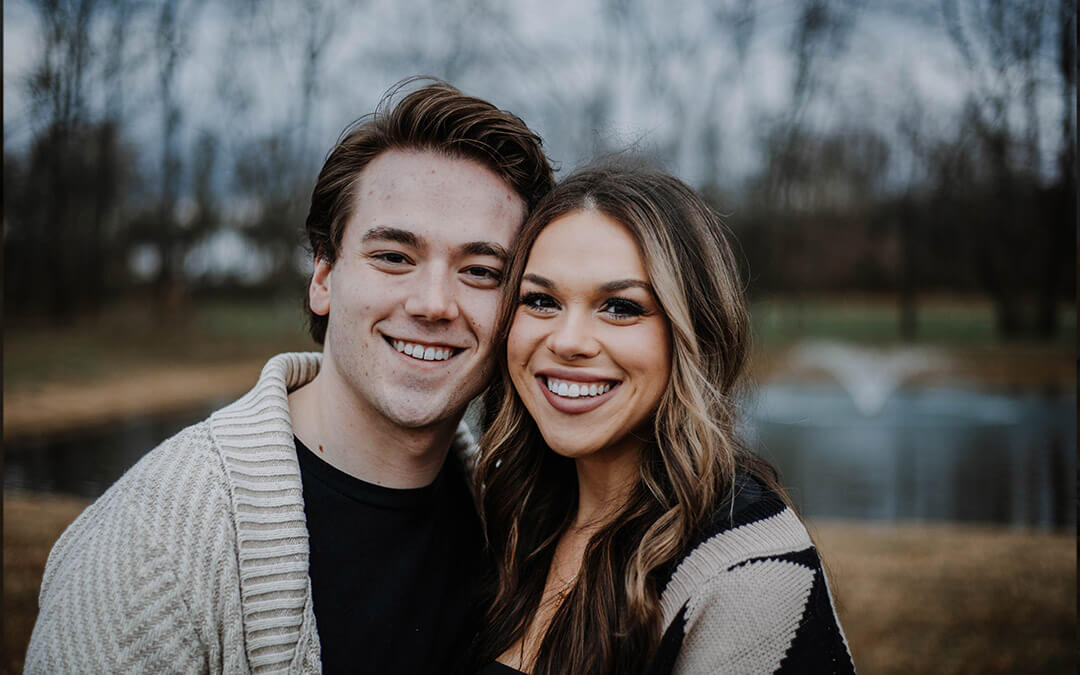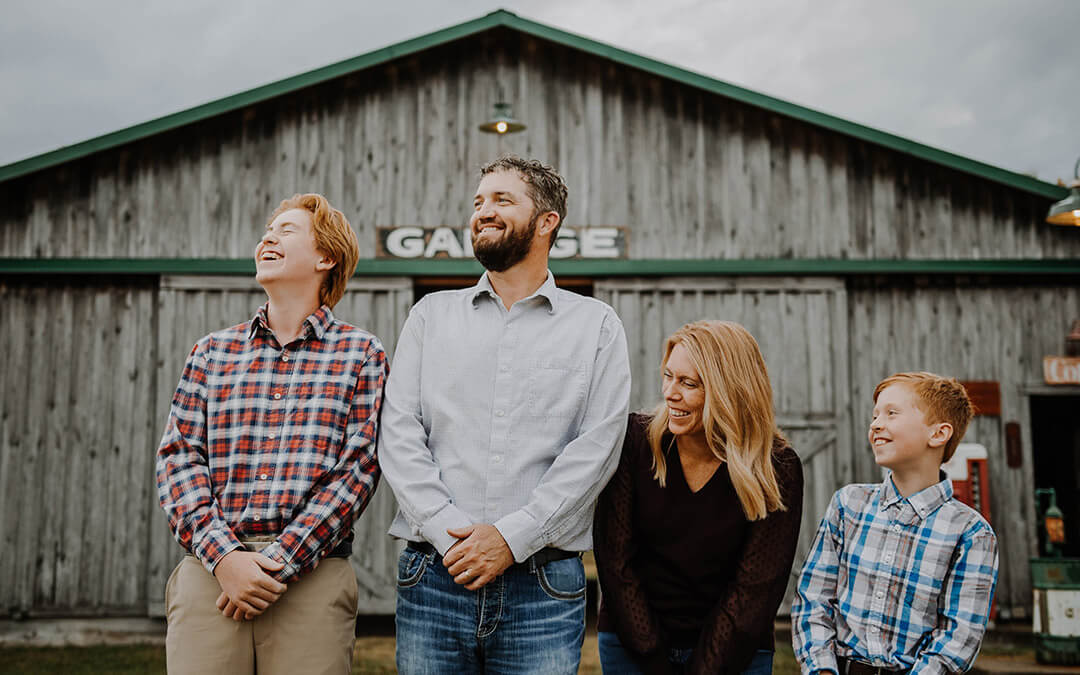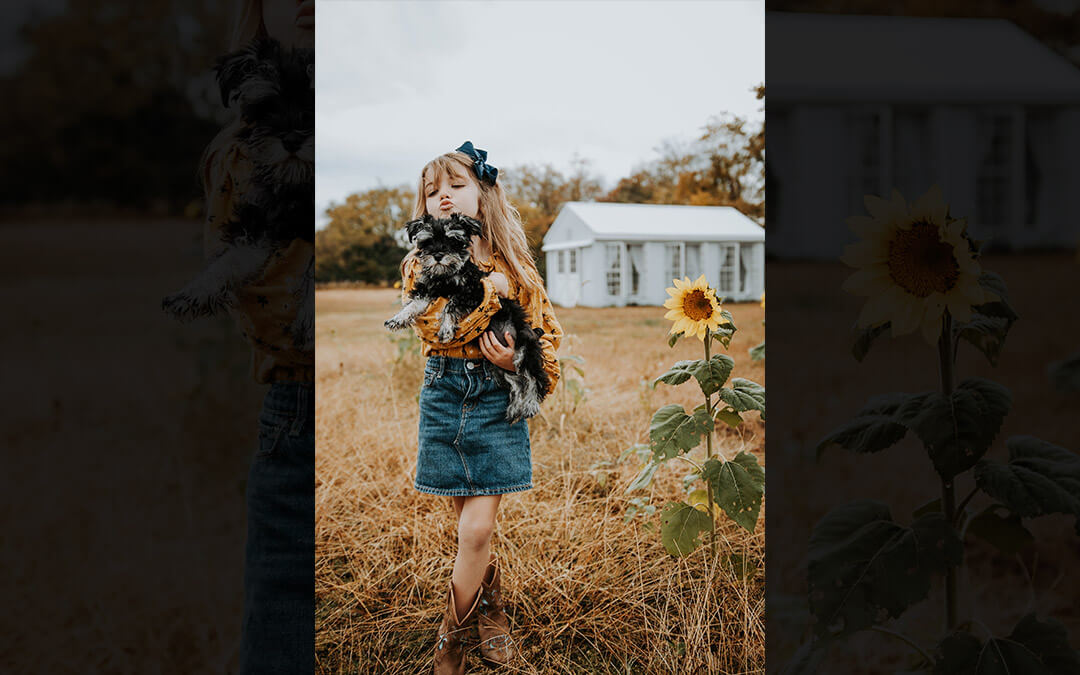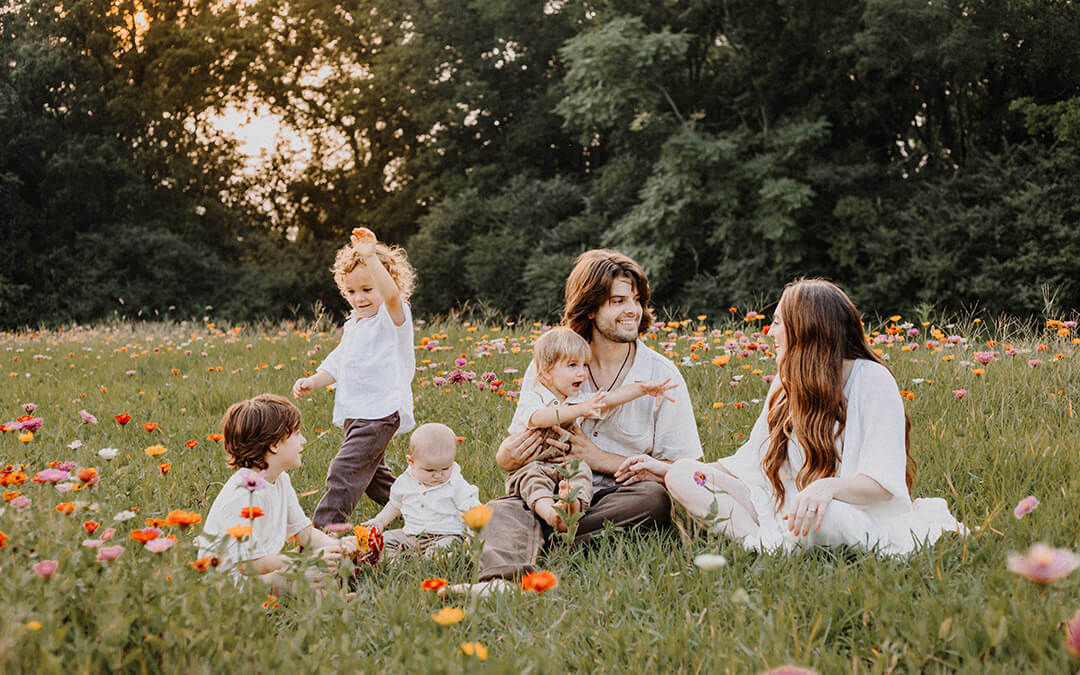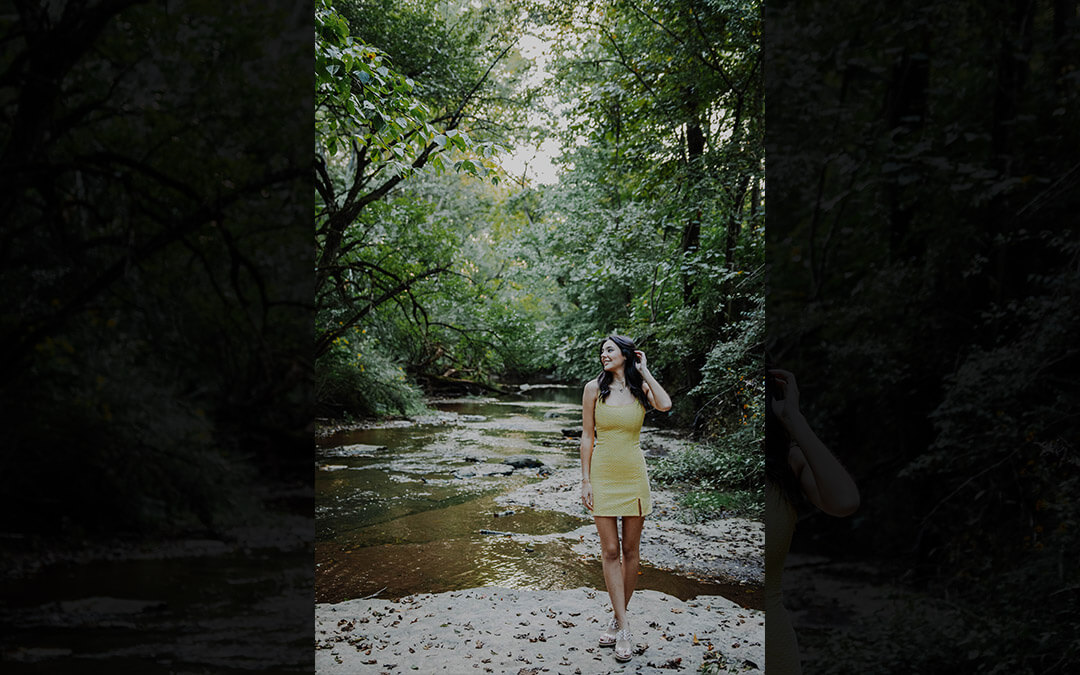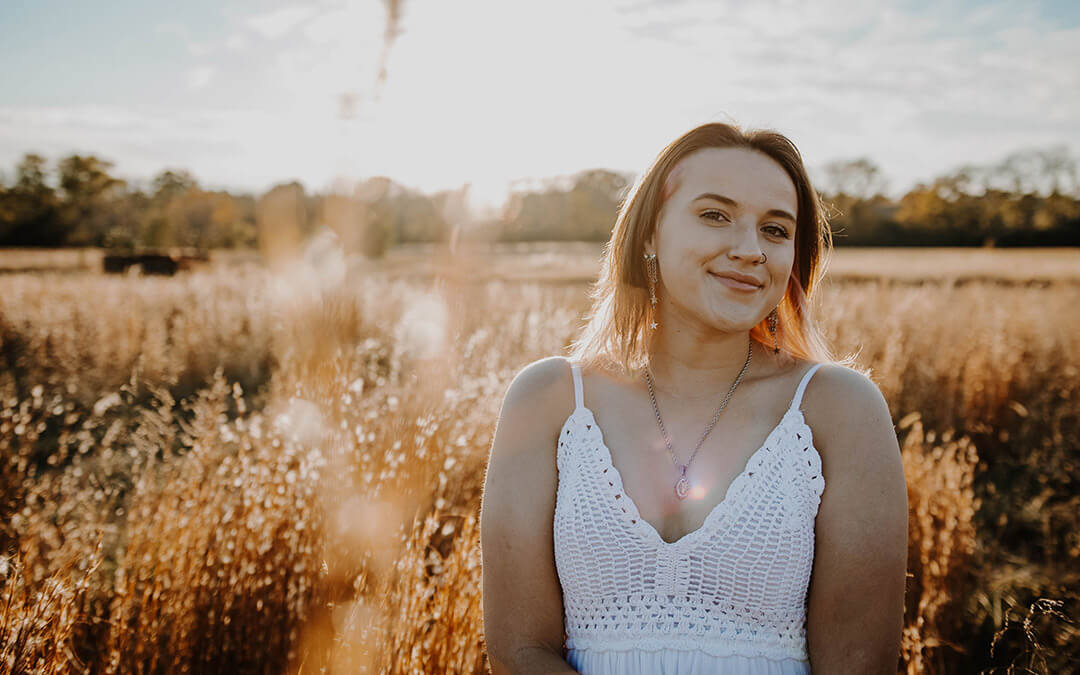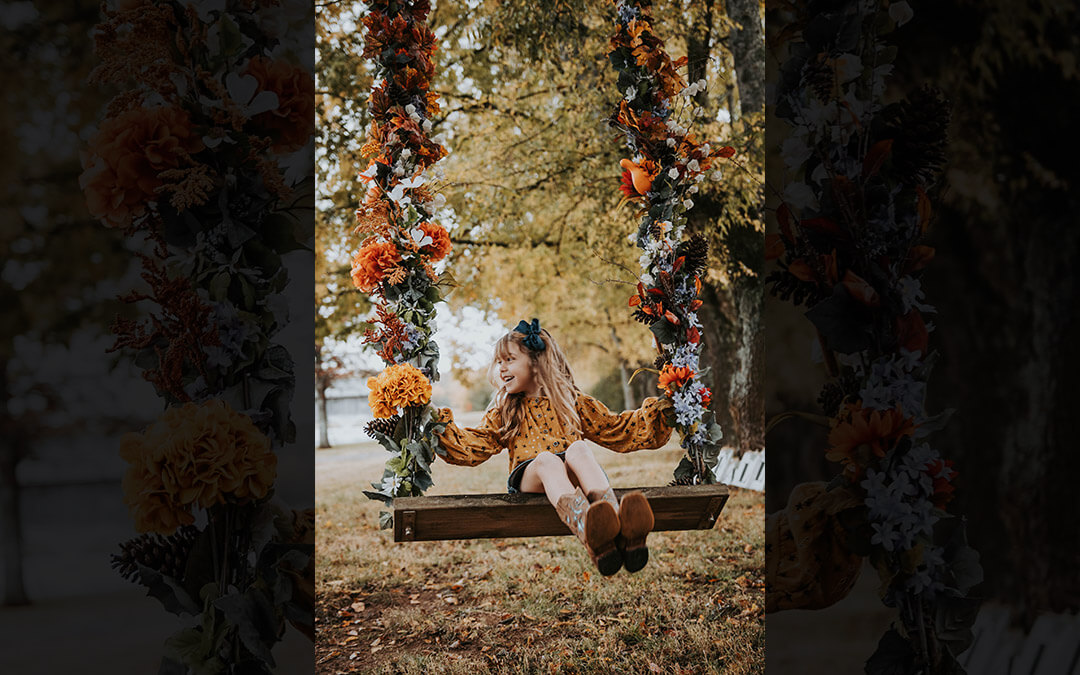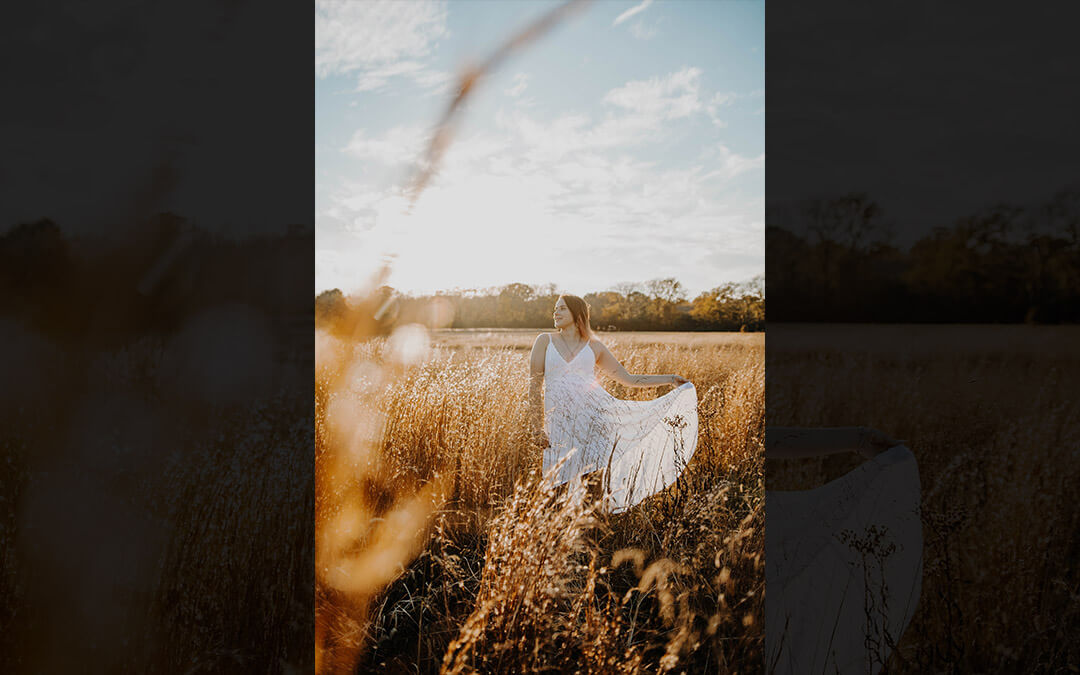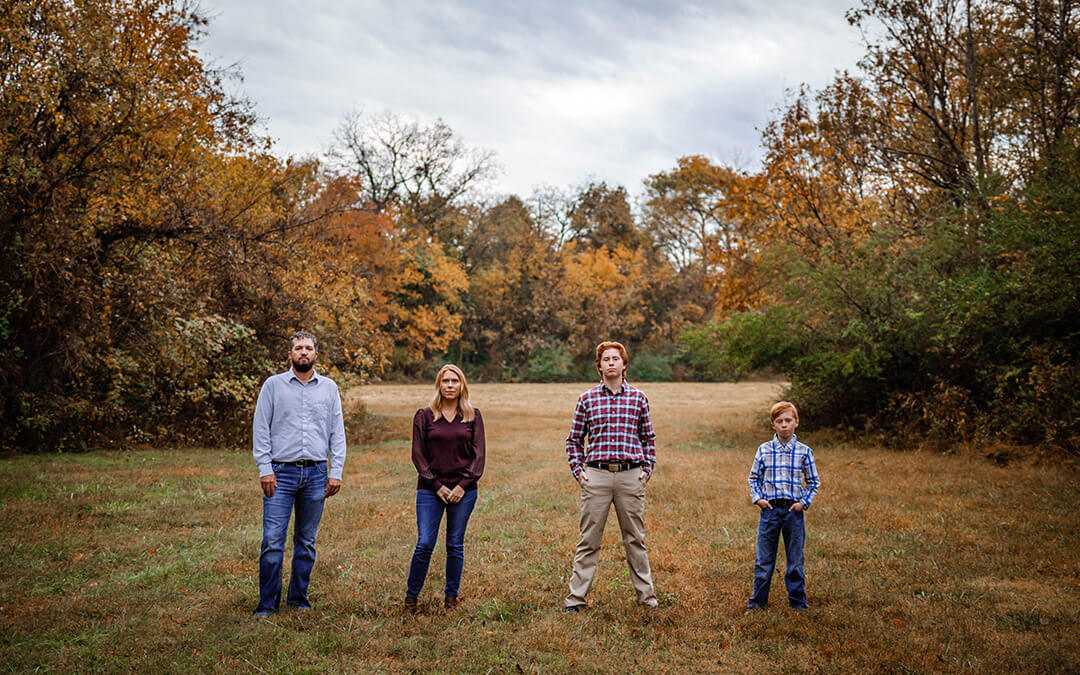The South 40 Creative Spotlight showcases creative talent we love to work with! Discover some of our favorite photographers, videographers and more!
This month we’re featuring videographer-turned-photographer Megan Sanchez, who sure knows how to bring out the dreaminess in her subjects. Although she began her photography career through a mission trip in Africa, where she revealed the hardship and raw realities of human trafficking, she has developed an extraordinary talent of helping her subjects uncover their true selves, whether it be a senior portrait, a maternity shot, or even a dreamy boudoir event. Megan inspires all of us to reach for our dreams and express our creativity despite the challenges of time and the responsibilities of everyday life.
I graduated from the University of Indianapolis with a Communications degree with an emphasis in electronic media. My initial passion was storytelling through videography, where the audience is blown away by cinematic shots. I was drawn to video’s ability to manipulate viewers’ emotions through lighting, framing and movement. Although I had discovered methods to create depth in photos with a variety of angles and techniques while taking a photography class in college, I still felt that videos were superior in capturing a mood such as the sound, movement and feeling. Looking back, I was simply inexperienced in helping the audience feel connected to my photographs.
What was the catalyst which allowed you to make the transition?
The pivotal experience which changed my mind about photography was my trip to South Africa with photographer Ben Ankarlo of Ankarlo Adventures. I was on an anti-human trafficking mission trip where we visited women on the streets of Cape Town, South Africa, and Lesotho, educating citizens about human trafficking and the theory of “safe touch.” Ben took the most gorgeous shots of people while I was taking the video. He got immediate gratification from his pictures, whereas I still had to edit my clips together to make a story. I discovered through his photos the powerful stories he told, while he helped me begin to refine my photography skills.
In choosing to become a “professional” photographer, what inspiration or assistance did you receive from friends & family? What were the biggest challenges or the easiest aspects of the career change?
I have always thrived in creative environments and surround myself with other creatives. If I had a concept for a photoshoot, my friends & family volunteered to help me. I found a benefit in knowing a few individuals in the modeling industry who helped me learn how to coach my subjects. Surprisingly, COVID really helped me make the transition from a casual approach to a more professional photographer. I was working as a TV/Film teacher at Williamson County schools, taking photos on the side for friends and family. I “went public” by creating a website and social media channels, enabling potential clients to contact me about setting up a photoshoot. While the world was shut down, I took advantage of the extra time I had to transform my hobby into a serious endeavor through marketing, developing a professional portfolio, and expanding my services. I think many creatives bloomed during COVID because we were all stuck inside!
When you look back about the establishment of your new business, how did it develop? How long did it take before you could say that’s your business, what skills did you already have to set it up, and what did you wish you knew when you started?
I practiced photography as a hobby for five years while working full time as a teacher, but found myself thinking about it increasingly, realizing how much I truly enjoyed capturing photos. I found myself anxiously looking forward to showing my pictures to my co-workers, friends, and family, and explaining what I was creating. It became serious when strangers began reaching out, asking me to take their photos. Through word of mouth and later via my website, my photography career blossomed before I had a chance to really think about my quality control.
In retrospect, I should have slowed down, allowing myself the opportunity to improve my editing and shooting techniques from the start. As a rookie, I excitedly rushed through edits, wanting to give my clients every possible option without realizing that it is overwhelming for them to choose a few favorite photos from 150-200 shots taken in a single one-hour session. I have learned that as a professional photographer, it is my duty to choose the best photos for my client. They rely on my expertise, which includes knowing which pictures are the best representations of my subjects. I am thrilled to take a large volume of shots, but clients only need a few beautiful photos from a session. They find their favorites, and the rest fade into the background. If I can spend more time setting up the BEST shot, then I’m giving the client what they are looking for.
Maternity photography has become quite popular. How did you start adding this service to your menu? What are some specific skills you have acquired in navigating a successful maternity photo shoot and have you found pregnant women to be self-conscious about their bodies?
Maternity shoots were not really a big deal to add to my menu. I honestly found pregnant women to feel comfortable with their bodies during a maternity shoot. I’ve had many more experiences with women feeling self-conscious in their bodies during a boudoir shoot. And because I love to shoot boudoir, I’ve gained that skillset to encourage women in front of my camera. I go in with the mindset that no one knows how to pose themself, and I coach them through every movement.
There is a growing interest in boudoir photo shoots, although many will say it takes a special photographer to master this artful style, as it can be a big leap from more traditional services. Tell me about your journey to this niche style. How do you help clients prepare for a shoot?
Boudoir is my absolute favorite type of session to do. I have a home studio specifically for boudoir where I have ample natural lighting. Most women don’t have a clear vision for the shoot because they’ve never had the permission to feel sexy, so I send clients outfit and preparation guides prior to their appointment. I tell them to bring in anything they might want to try, and we’ll spread it out on my kitchen table and work together to choose the right outfit.
It is a challenge to take pictures of subjects portraying confidence when most women (and men!) are very hesitant to be vulnerable in front of a camera. But something magical happens in a boudoir shoot. There is a moment where women shift from being shy and timid to giving themselves permission to feel sexy and confident. It is a tangible moment which is expressed beautifully on their face during a pose. I am their biggest cheerleader, making it feel like a fashion shoot, with loud music and mimosas. I think it’s important to cultivate an environment that is upbeat and fun to help clients feel comfortable having their photo taken. Music can totally change the vibe at a shoot and makes clients feel special, like celebrities. I bring my portable speaker to many sessions because it helps clients relax and have fun and forget about the procedure of taking photos. Years later, they may not remember taking each picture, but they will recall how they felt during the photoshoot. There are many photographers who can take gorgeous pictures, but I find it even more significant to capture my clients’ true selves.
I must ask: I have never seen male boudoir photos, at least not beyond singers, actors and other (confident) famous people. Is there a type of guy who chooses a photo shoot like this, and how do you adjust your approach? With a female photographer, do you make changes in your process?
I love this question. I still giggle thinking about last year’s boudoir Christmas mini photos. It may be surprising to know that men also have huge body dysmorphia issues, and only a few of the men I’ve shot are attempting to create a serious boudoir photoshoot. The ones that take it seriously often do it to surprise their wife or girlfriend. Most male boudoir clients are doing it as a joke to share with their circle of guy friends. I invite all my boudoir clients to bring a significant other to the shoot, and my husband offers to be there as a male presence to help guys feel more comfortable. Having spent years in the music industry himself, my husband has been supportive of my photography business, and he respects that my photography is artistic expression. With any shoot, he always asks “How can I help” or “What do you need from me?”
This Christmas, one funny shoot began with a male subject who arrived late—I was convinced he wasn’t going to show up. When he arrived, he had props with him—a big bow, candy cane, and a Santa hat—although he was still extremely nervous. I pretended not to notice, had him change, and began positioning him. I coached him on his facial expression, then started shouting encouragements. His demeanor changed, and suddenly he created his own poses, pretending to lift presents like they were dumbbells, laughing, thoroughly enjoying himself. By the end of session, he told me that I helped to make the session entertaining, and that he wouldn’t have been able to do it with anyone else.
I also had a big guy come with a full Santa suit. He brought his wife along, and she encouraged him on the side by telling him to pucker his lips and be sexier. They were both dying laughing and I couldn’t help but have a wonderful time. He looked like a tattooed Santa, and they loved every minute of it!
We see in your work the ability to master any location–indoor or out, rural, or downtown, any weather and any number of subjects! This is the sign of true creativity, but what have you learned in your growth as a photographer which has given you the skill to catch the beauty around your subjects in a way to complement them and bring out their uniqueness?
I have developed so many skills in my growth as a photographer, but one of the most important gifts I’ve learned is that it’s all about how you make someone feel while taking their photo. The location means little if your clients aren’t feeling it. If they don’t feel confident/gorgeous or aren’t having fun, then the photos won’t display their personality, and they are likely to be disappointed in the result. When I am shooting, I flood my clients with compliments, allowing their true selves to shine through. There is nothing like praise to build someone up while they are in front of the camera. My clients leave the session feeling on top of the world and that shows in their photos.
The location (background) of a photo shoot is often an integral part of the vibe or story told in the photos. What is your process of selecting the location of each shoot? What kind of investment–time and cost–goes into selecting locations and compromising with your clients when they come to you with a vision?
I like to discuss with the client if they want an outdoorsy vibe or a more city/urban feeling and move forward from there. If I’m exploring a new location I haven’t used before, I’ll bring my husband about an hour before the shoot so we can we’ll map out a route and do a few test shots. As a professional photographer, I feel it’s crucial to the shoot’s success to have a plan and a direction. That is one less thing for clients to think about.
While teaching high school TV/Film I had to learn the balance of allowing creatives to express themselves, while still providing boundaries that allowed them to flourish. In addition, most people experience anxiety when trying something new and seeing themselves on camera. As a teacher, I spent a lot of time building up my shy high schoolers to accept how they look on camera and step out of their comfort zone. Very rarely did they regret being pushed to be on camera because they realized that they were not only creating memories but found out how much fun it truly was to be silly on video. I think that’s why I believe you can have fun getting your picture taken; you just need someone to guide you in a way that the anxiety of the unknown goes away. Most people feel comfortable when they know they don’t have to make decisions so they can relax and enjoy the experience.
You have taken many shots which display the breathtaking beauty of South 40–tell me what makes this place so special, what are some of your favorite photographic locations and memories here?
Every photographer has their go to spots for each type of photoshoot and South 40 is one of mine. It has everything you need; you don’t need to go anywhere else for a photoshoot. I’ve got a route I always take with clients, starting at the creek and ending in the tall grass field. My outdoor favorite spots are the flower fields and tall grass fields, as they have the most breathtaking backdrops and lighting.
The weather is not an issue at South 40, either. I’ve shot on dreary days, and one high school senior preferred for the weather to be a bit dark and gloomy to fit her dark and moody vibe. There are so many great props (old cars, tractors, barns, the pond) that give great scenery outside of the growing season. The staff at South 40 is always very accommodating on rain delays or weather cancellations. I’ve been lucky to have great clients that have been flexible during rain at South 40 as well. There have been several occasions where we ran to our cars, to watch the radar until the rain broke, then jumping back out to take as many photos as we could before it started raining again.
A session at South 40 has so much variety that at the completion, it feels like you traveled to five different cities to capture what you shot at one location. It has something for everyone and is the perfect rural location to capture quintessential Tennessee living. I find many want to take photos in a place representative of their home, and South 40 does that and more.
Connect with Megan:

